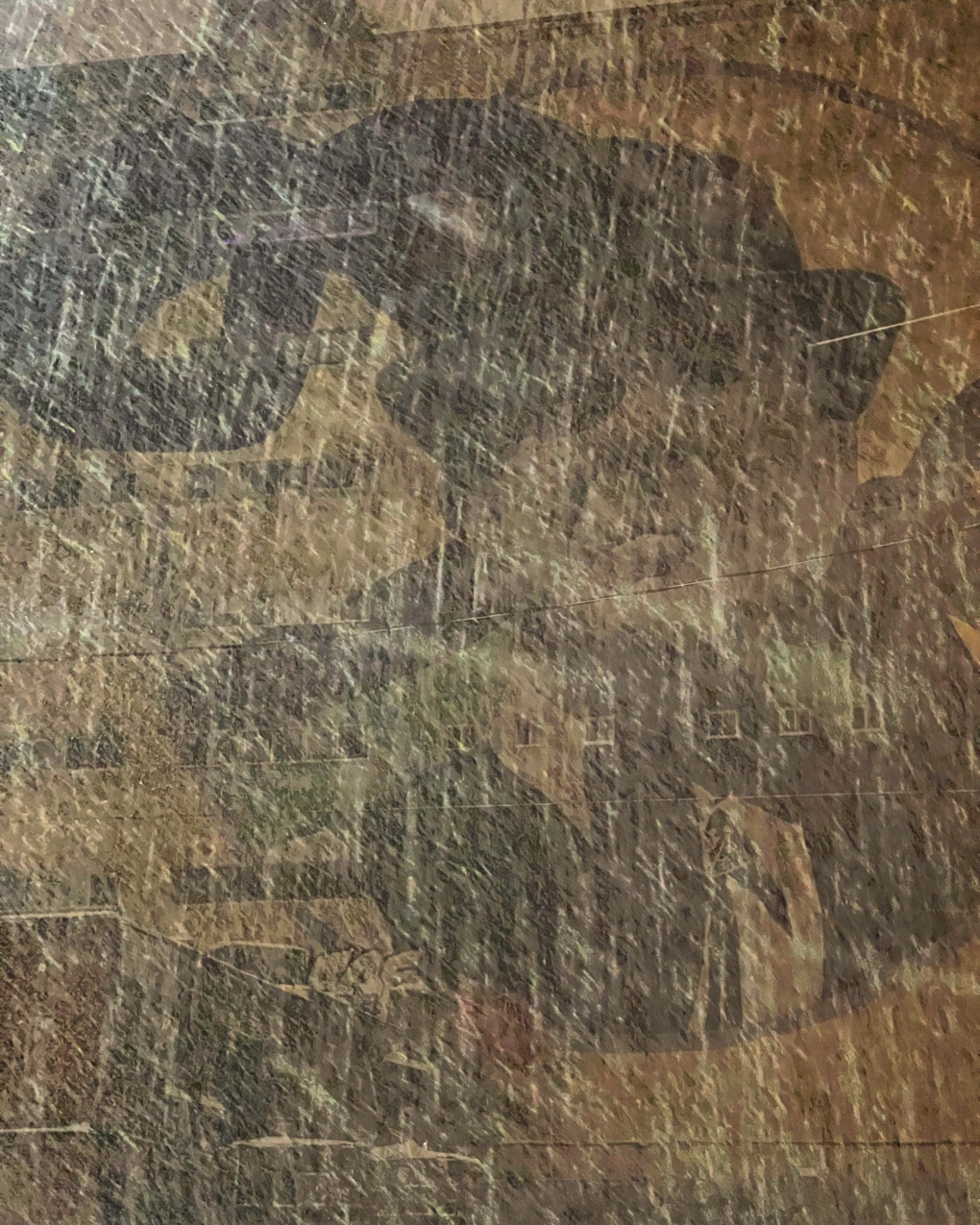Geoffrey wrote: ↑Sat Feb 03, 2024 12:02 am
...stay well, dear friends. you don't emerge from
the shadows very often...
I am staying well, thank you! I haven't posted any home-made pictures for a while, and so I have emerged from
the shadows to do so. Yesterday, I was thinking about
the little chickadee friends I met last year, who so bravely perched on my fingers, some
of whom posed for photos (I posted one
of the photos a few months ago), and so I made a drawing
of three
of the chickadees from my photos, sans my fingers.
For those interested in
the wonders
of Northern wildlife, while chickadees have to find ways to stay warm during our horribly cold winters (as discussed previously),
the wood frog, one
of the chickadee's fellow woodland creatures in these parts, takes a different approach: wood frogs actually freeze nearly solid in
the winter -- their external parts, skin, soft tissues, etc. become completely frozen. Ice forms around their organs and cells, but their organs and cells themselves, as well as their blood, remain thawed due to high levels
of glucose that acts like a sort
of antifreeze. Their hearts even stop while they are in this frozen phase, and they do not breathe. If one were to find a wood frog outside during extreme cold, it would appear to be a frozen solid inanimate object. Once spring arrives and
the temps warm up,
the frogs thaw out, somehow their hearts start beating again (although scientists haven't figured out how their hearts restart), and in no time at all, they are once again hopping around
the forest floor! Now, that is amazing! (Below is a link to one
of many articles about
the wood frog's winter survival techniques.)
https://www.nps.gov/gaar/learn/nature/w ... page-2.htm
